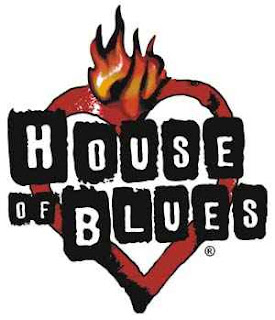You can't grow crops without seeds. That's why they have always been valued. They are essential to human existence and progress. Eating those kernels wouldn't be a good plan.
Financially, we are doing the equivalent. We are eating our financial seed corn and that's not prudent. You need capital to make more capital and the western world is destroying capital. Destruction by debasing currencies, destruction by artificially lowering interest rates, destruction by algorithmic high frequency trading, destruction by greed, and destruction by over-reaction all will prolong our despair and delay our recovery.
How much capital has been destroyed since the beginning of July around the world? I haven't invested the time in determining the answer, but the number far surpasses any measure of Greece and the PIIGS. Yes, I know that "markets" have also worried about double dip recessions and European bank balance sheets, but come on, clearly we have over-reacted.
The purpose of capital markets is to funnel cash to worthy companies. No matter whether it is in the form of debt or equity, it should make sound business sense. Our current environment is more like a casino mentality than investing capital to help companies grow. Five percent intra-day swings are proof that valuation has little to do with today's markets.
Just like in Washington, if some adults don't take charge of Wall Street soon, we will have eaten a good portion of our seed corn. Pension plans, university endowments, individual 401Ks, will all be decimated as the desire to buy a piece of a profitable company will have been extinguished.
Three simple ideas worth immediate consideration are: first, much higher margin requirements on stocks, options, and commodities will require investors to risk their on capital and increase caution; second, bring back the uptick rule for short selling as it will slow down the speculation and enforce a ban against naked short selling; third, re-instate Glass-Steegle which separated commercial and investment banking and remove the investment bank's access to the Fed.
If the special interests negatively affected by the three proposals don't like it and they, and their cronies in DC, continue to play business as usual while destroying our capital formation ability, then we need a Financial Tea Party to restore sanity in our financial leaders.






































